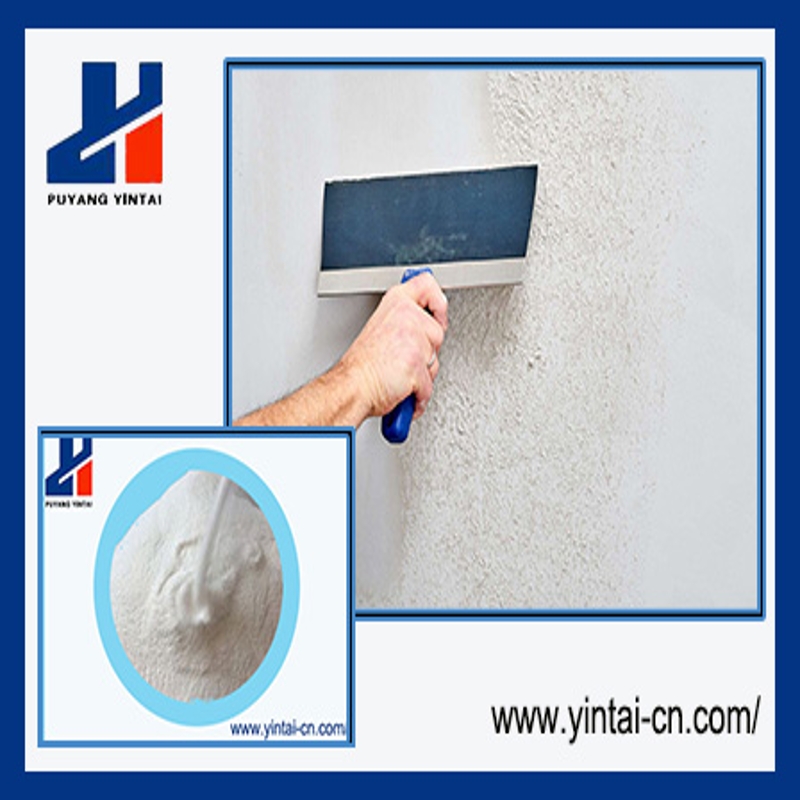-
Categories
-
Pharmaceutical Intermediates
-
Active Pharmaceutical Ingredients
-
Food Additives
- Industrial Coatings
- Agrochemicals
- Dyes and Pigments
- Surfactant
- Flavors and Fragrances
- Chemical Reagents
- Catalyst and Auxiliary
- Natural Products
- Inorganic Chemistry
-
Organic Chemistry
-
Biochemical Engineering
- Analytical Chemistry
- Cosmetic Ingredient
-
Pharmaceutical Intermediates
Promotion
ECHEMI Mall
Wholesale
Weekly Price
Exhibition
News
-
Trade Service
(9) Ointment and cream (General Rule 0109)
1.
2.
3.
(1) According to the different dispersion state of the extract and the fine powder of decoction pieces in the matrix: it can be divided into solution type ointment and suspension type ointment
(2) Creams can be divided into oil-in-water creams and water-in-oil creams due to their different bases
(10) Spray (General Rules 0112)
1.
2.
3.
(1) According to the composition of the content: divided into solution type, emulsion type or suspension type
(2) According to the route of administration: it can be divided into inhalation spray, nasal spray and non-inhalation spray for skin and mucous membrane
(3) According to whether the administration is quantitative or not: sprays can also be divided into quantitative sprays and non-quantitative sprays
(11) Aerosol (General Rules 0113)
1.
2.
3.
(1) According to the composition of the content: divided into solution type, emulsion type or suspension type
(2) According to the route of administration: it can be divided into inhaled aerosol and non-inhaled aerosol
(3) According to whether the administration is quantitative or not: it can be divided into quantitative aerosol and non-quantitative aerosol
.
(12) Gels (General Rules 0114)
1.
Meaning Gelling agent refers to a thick liquid or semi-solid preparation with gel characteristics made of extracts and auxiliary materials that can form gels
.
Unless otherwise specified, gels are restricted to skin and body cavities such as nasal cavity, vagina and rectum
.
Emulsion gel is also called latex, and gel made from polymer matrix such as tragacanth can also be called mucilage
.
2.
Features Gel is a pharmaceutical dosage form that has emerged in recent years.
It dissolves or evenly disperses the drug in the gel.
The gel can adhere closely to the site of action for a long time and has good bioadhesion.
Preparation method Simple and comfortable to use
.
3.
Classification The gel matrix is a single-phase dispersion system, which is divided into water-based and oily
.
(1) an aqueous gel matrix: generally composed of water, glycerol or propylene glycol and a cellulose constituting derivatives, carbomers and alginates, tragacanth, gelatin, starch and the like
.
(2) oil gel matrix: a liquid paraffin with polyethylene constituting the fat or oil with a colloidal silica or aluminum soaps, zinc soaps
.
(13) Powder (General Rules 0115)
1.
Meaning Powder refers to a dry powdery preparation made by pulverizing and uniformly mixing decoction pieces or extracts or with suitable auxiliary materials
.
2.
Features: Large specific surface area, easy to disperse, quick onset, and can protect mucosa, absorb secretions and promote blood coagulation for diseases such as ulcers and trauma
.
The dose can be added or subtracted according to the card, easy to control, especially suitable for children who have difficulty swallowing tablets and capsules
.
In addition, the preparation method is simple, and the transportation and storage are more convenient
.
However, as the specific surface area of the powder increases after the drug is crushed, its odor, irritation, hygroscopicity, volatility and chemical activity also increase accordingly.
Therefore, the general peculiar smell, irritation and corrosiveness are strong, and it is not suitable for the preparation of drugs that are easy to absorb moisture and deteriorate.
Into a powder
.
3.
Classification According to the route of administration, powders can be divided into oral powders and topical powders
.
(1) Oral powder: refers to preparations administered through the digestive tract
.
Generally, it is taken by dissolving or dispersing in water, diluent or other liquids.
It can also be taken directly with water
.
(2) topical powders: it refers to a preparation through skin mouth, throat, etc.
lumen applications
.
It can be applied to the skin, mouth, throat, cavity, etc.
; the powder specially used for the treatment, prevention and lubrication of the skin can also be called spreading agent or powder
.
(14) Syrup (General Rules 0116)
1.
Meaning Syrup refers to a concentrated sucrose aqueous solution containing extracts, and the sucrose content should not be less than 45% (g/ml)
.
2.
Features can cover up the uncomfortable smell of medicines such as bitterness and saltiness, improve the taste, and facilitate the consumption.
It is very popular with children
.
Due to the extraction and refining, the volume is reduced, so the dosage is small
.
Syrups only use sucrose as an auxiliary material, and suitable additives can be added according to needs.
Syrups are generally based on treatment and have weak nourishing functions
.
However, it is easy to be contaminated by microorganisms in the process of preparation and storage, mold deterioration, and precipitation easily occur
.
(15) Liniment (General Rules 0117)
1.
Meaning Liniment refers to a liquid preparation made of alcohol , oil or suitable solvent for decoction pieces , which is used for rubbing with undamaged skin
.
2.
Features: The liniment absorbs quickly and acts quickly
.
The preparation process is simple, does not require mounting materials, does not require special mechanical equipment, is convenient to use, and has a good effect on the treatment of certain skin diseases
.
(16) Coating agent (General Rules 0119)
1.
Meaning Coating agent refers to a liquid preparation for external use that is extracted or dissolved by a suitable solvent and method, or dispersed in a solvent containing a film-forming material, and coated on the affected area to form a thin film
.
2.
Features: The coating agent is applied to the affected area, and the solvent evaporates to form a film to protect the wound surface, and at the same time, the drug is gradually released for treatment
.
The preparation process is simple, does not require mounting materials, does not require special mechanical equipment, is convenient to use, and has a good effect on the treatment of certain skin diseases
.







